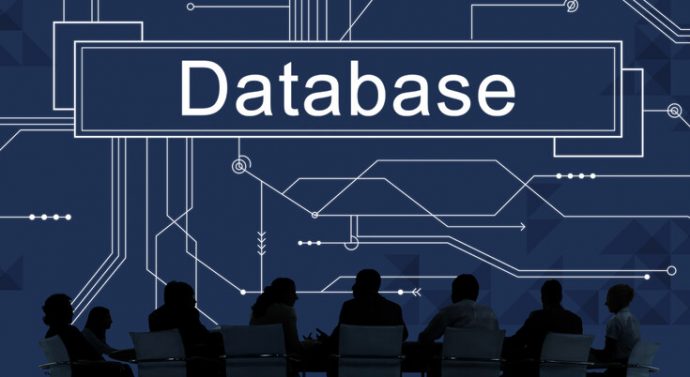
The Importance of Graph Databases in the Data-Driven World of Today
News, Online Service, Online Services, Technology, TV, Uncategorized May 1, 2023 No Comments on The Importance of Graph Databases in the Data-Driven World of TodayThe Importance of Graph Databases in the Data-Driven World of Today
There are two main categories of databases: relational and graph. Understanding when to use one over the other depends on each’s strengths and drawbacks. In this article, we will discuss the differences between the two and the reasons why graph databases, such as Apache AgeDB, are becoming more crucial in some use cases.
Relational Databases
Since the 1970s, relational databases have been around and are currently the most popular kind of database. Data is kept in tables, and each table has a unique structure, or schema, that specifies the columns and different kinds of data that can be kept there. Relational databases, which can perform complicated queries and transactions, manage and retrieve data using SQL (Structured Query Language).
One of their main advantages is that relational databases offer a systematic method of managing and storing data. They are therefore perfect for scenarios where the links between various pieces of data are well-defined and the data has a clear structure. A relational database, for instance, might be used by a banking application to keep track of customer data, account balances, and transaction history.
However, relational databases can be less well-suited to use cases where the relationships between data points are more complex, or where the schema is less well-defined. This is where graph databases come in.
Graph Databases
A relatively new class of databases called “graph databases” are created expressly to manage data with intricate linkages. They can handle queries that traverse numerous levels of relationships and store data as nodes (which represent entities) and edges (which indicate relationships between things).
One of the key benefits of graph databases is their ability to handle complex relationships between data points. This makes them ideal for use cases where the data is highly interconnected, such as social networks, recommendation engines, and fraud detection systems.
The ability of graph databases to scale horizontally, which makes them suitable for managing big datasets, is another advantage of these databases. Graph databases have the ability to be distributed among a number of servers, with each server managing a specific set of data.
Apache AgeDB
It is an open-source graph database that was created as a PostgreSQL extension. Because it can manage complicated relationships as well as structured data, it can be used in conjunction with already-existing relational databases.
The ability of Apache AgeDB to manage both graph and relational data in a single system is one of its main advantages. This eliminates the need for numerous database systems by allowing organizations to use the same database for both structured and unstructured data.
The ability of Apache AgeDB to enable ACID transactions is another advantage. Database transactions are handled consistently according to a set of characteristics known as ACID transactions (Atomicity, Consistency, Isolation, Durability). Because of this, Apache AgeDB is a good fit for use cases where data integrity is important. Real-World Scenario
Let’s use a social network as an example to demonstrate the advantages of graph databases. Users of social networks are linked to one another through a complicated web of connections. User A may be friends with User B, who may be friends with User C, who may be friends with User D, and so forth.
Due to the intricate connections between people, storing this data in a relational database would be difficult. However, same data may be handled quickly by a graph database. The relationships between users would be represented as edges, and each user would be represented as a node.
Complex queries that span numerous tiers of relationships would be made possible, such as “find all users who are friends of friends of User A.”
A graph database like Apache AgeDB may also assist a social network in other ways. It might, for instance, be the brains behind a recommendation engine that makes users new friends or groups based on their pre-existing connections. By seeing patterns of suspect behavior or bogus accounts, it might potentially be used to detect fraud.
Conclusion
Finally, both relational and graph databases have advantages and disadvantages, therefore it’s critical to pick the best one for your particular use case.
While graph databases are better for densely interconnected data with complicated linkages, relational databases are better for organized data with well-defined relationships. However, graph databases like Apache AgeDB are becoming more significant as data grows more interwoven and complicated.
Leave a comment